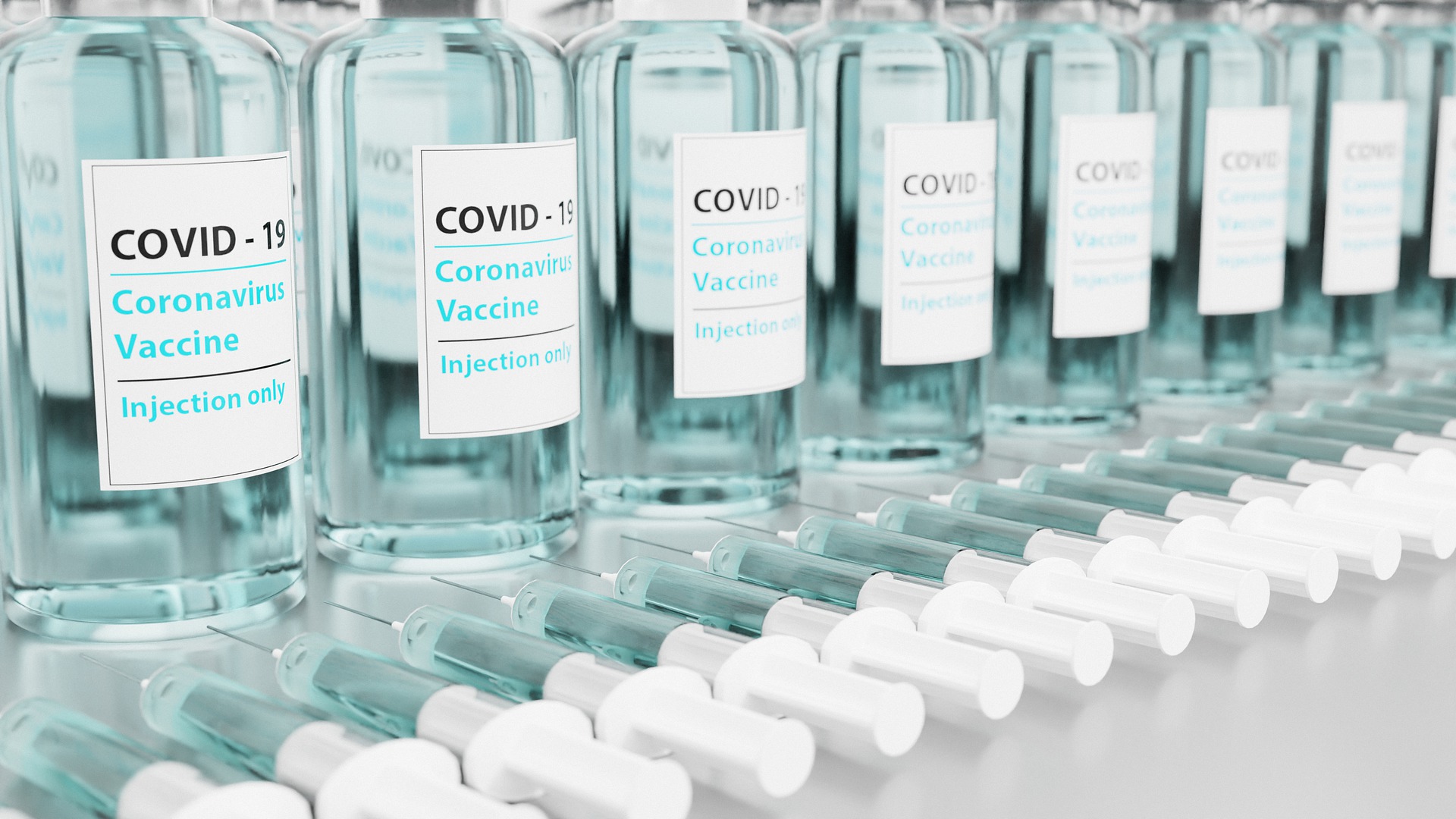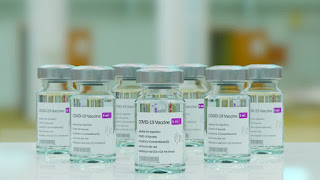Fall of the Sinovac vaccine in Asia
The newly approved Sinovac vaccine is the first of its kind in Asia. It is a live viral equivalent of the shingles virus that was responsible for causing chickenpox in more than half of all US children during the late 1980s. In Asia, the disease has been virtually eliminated. If you are planning to travel to Asia or another Asian country, you should consider this type of vaccination as a precautionary measure against chickenpox.
This vaccine has been approved for use in latest news in singapore Asia and Europe by the US Food and Drug Administration (FDA). It is given in single doses, generally months apart. A three-month supply is good for anyone who will need it. The 24 international facilities can draw from an existing supply of the Sinovac vaccine, which can then be administered to Singaporeans, permanent residents and long-term travelers, and residents of other countries in Asia who will need the vaccine. Each and every member of your family who is on the Asia one-dose schedule should have the vaccine booster shot at least one month before departure.
There are different types of the vaccine available for use in Asia. One is the original Sinovac, which is manufactured in monovalent form. The name is derived from the vial that contains the vaccine; a single dosing bottle is used to inject it. The other type is the China vaccination, which is in a modified form of the original Sinovac and is a lot less expensive. The last is the Hong Kong vaccination, which uses a single aluminum vial containing a single dose of the vaccine.
The United Kingdom, France, Italy, Japan, China, the Netherlands, the Russian Federation, South Africa, Sweden, and the United States are among the twenty-four countries that have the 'rates' of manufacturing these vaccines. They are all part of the international collaborative project aimed at producing the recommended two doses of vaccines per annum. These countries are also involved in the preparation of the Technical Translation Database (TADD). The aim of this project is to improve the manufacture of vaccines by standardizing production methods, ingredients, dosage calculations, and clinical protocols.
The Sinovac vaccine that was produced in China was withdrawn from the market on 1st July 2021, because of an outbreak of dengue fever in Asia. On that date, there were reports from different countries in Asia that some children who had been vaccinated with Sinovac had developed dengue fever. A study conducted by the World Health Organization's immunization arm, the Immunology and Infectious Diseases department, was undertaken to examine the possibility of introducing a Sinovac-based vaccine into Asia. At that time, there were only a few studies on the safety of a Sinovac-manufactured vaccine in Asia. It was noted that all the participants in the study, who were between the ages of six months and nine years old, did not experience any side effects. Hence, the investigators concluded that the vaccine was safe as well.
Two large clinical trials were conducted in Thailand and one in China on behalf of the US Food and Drug Administration (FDA) and the Chinese Ministry of Health. A total of the 9th batch of Sinovac vaccine was distributed as a free vaccine to some medical workers in Thailand who were engaged in HIV monitoring. One case was reported in a person who had recovered from AIDS and had been injected with a contaminated Sinovac mixture. An investigation revealed that the person was infected with listeria. This sent the vaccine into a closed monitoring area and the medical workers were required to undergo strict safety precautions.
https://606be7c48b21c.site123.me/blog/asiaone-vaccine-review



